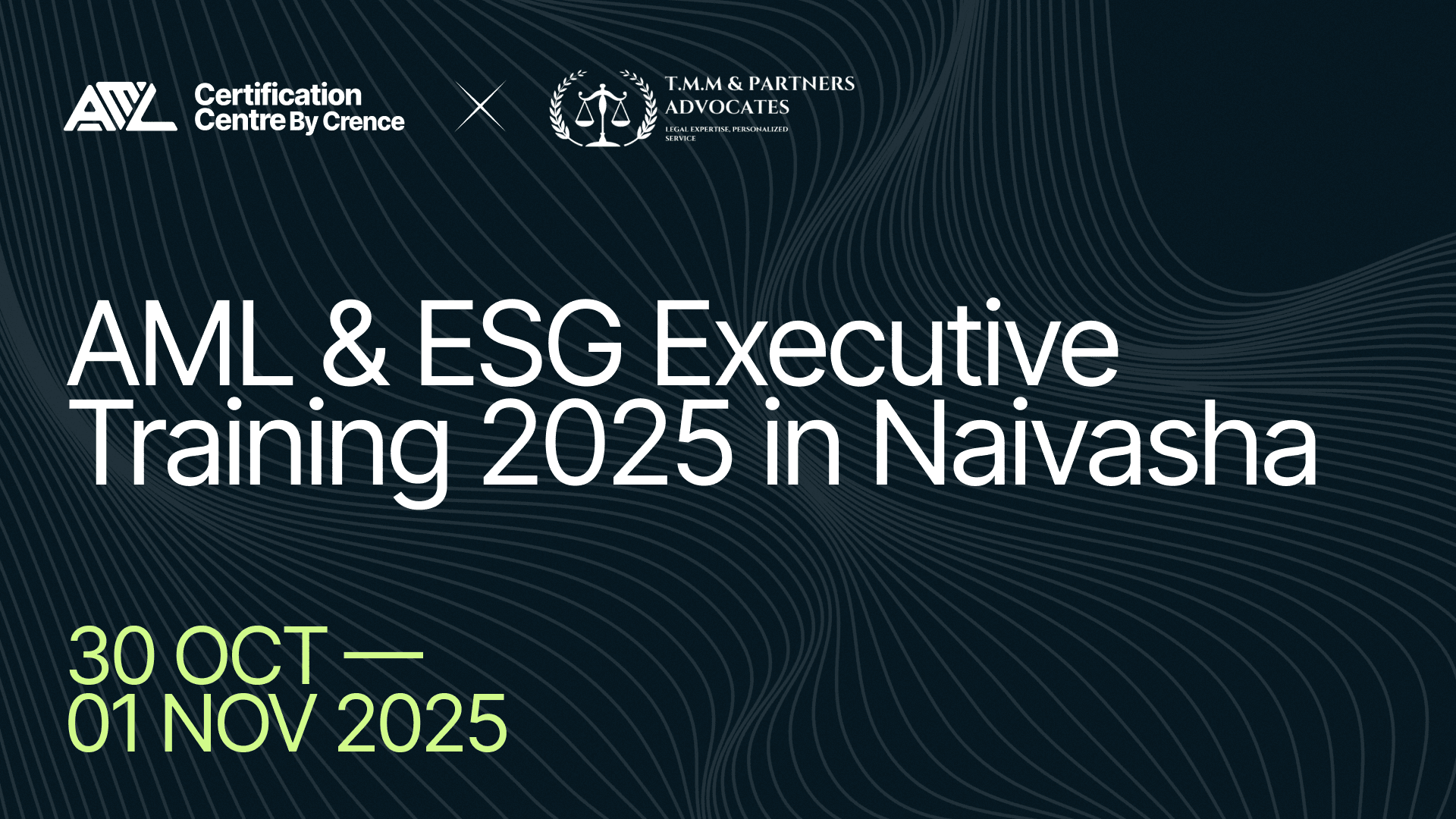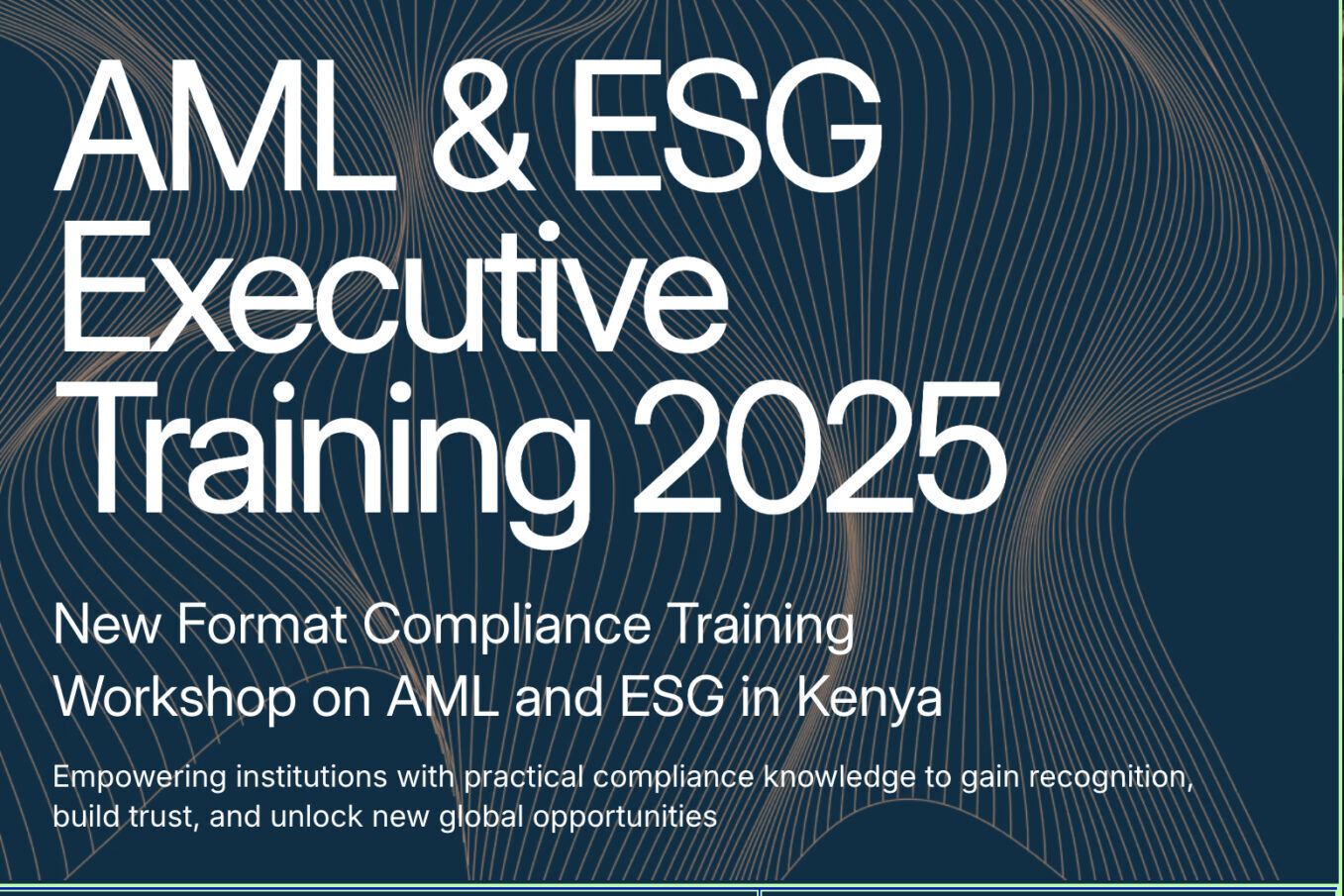Banks failing and causing financial chaos have really put the spotlight on how important it is for banks to manage risk management well. When financial institutions handle money, taking too many risks means big losses that mess with local and worldwide economies. So, what’s bank risk management all about? What does it involve, and what dangers does it deal with? Also, how can banks make their enterprise risk management work better? We’ve got everything covered.
What is It?
Bank risk management means that an organisation figures out, checks, and takes action to eliminate (or at least reduce) the probability of problems. It is really important because investment management companies handle money for people. Usually, they split up the work: one team deals with fraud risks, making sure things are fine there, while another handles compliance issues, making sure everything sticks to the rules.
The benefits are numerous:
- Informed decision-making: A robust banking risks management process empowers organisations to make informed decisions. It identifies potential financial risks and evaluates their impact on business operations, helping decision-makers align strategies with the bank’s threat tolerance.
- Financial stability: Rigorous assessment of various dangers – credit, market, operational, liquidity – promotes financial stability. This safeguards both shareholder investments and customer deposits, ensuring a stable financial foundation.
- Regulatory compliance: Financial institutions navigate within stringent regulatory frameworks. An effective risk management system ensures compliance with these regulations, minimising penalties associated with non-compliance.
- Risk mitigation: Identifying and addressing potential threats before they manifest is critical in minimising losses due to unexpected events like economic downturns or cyber-attacks, averting disruptions in banking activities.
- Operational efficiency: A comprehensive approach to managing risk in banking improves operational efficiency. It streamlines processes by fostering better coordination among departments involved in monitoring and controlling these exposures.
- Customer trust: Financial institutions handle sensitive customer data and substantial amounts of money daily. Effective mitigation practices, preventing fraud, misappropriation, and data breaches, instil customer confidence in the security of their accounts.
- Opportunity identification: Managing risk in banking helps banks identify overlooked business opportunities. Prioritising and controlling internal and external dangers unearth potential avenues for growth that might otherwise have been missed.
- Competitive edge: Implementing an effective framework for risk management for banks sets banks apart from competitors. Demonstrating adeptness in handling adverse events boosts customer confidence and attracts potential clients, creating a competitive advantage.
Risk Management Types in Banks
Credit
This occurs when an institution lends money but faces difficulty in its retrieval, affecting available funds and potentially incurring additional costs to recover the owed amount. Credit risk management is crucial in preventing such losses.
Market
Sometimes known as systematic risk, it involves external events impacting a bank’s investments. Economic downturns or significant market shifts, like the 2008 housing crash, can significantly disrupt a bank’s strategies.
Operational
These are day-to-day hurdles for a bank, such as errors stemming from inadequate training or sudden system failures causing service disruptions for customers.
Reputational
This situation arises when a bank’s practices or associations erode trust among investors or customers, seriously damaging its standing. Poor service or controversial associations can trigger this concern.
Liquidity
This is the alarming threat of an institution running low on cash or facing difficulties in quickly converting assets into money. A potential bank run, fueled by rumours about stability, can exacerbate this risk. Effective risk management practices help mitigate these risks.
Managing these complexities has become more daunting with the internet, where news about a bank’s troubles spreads rapidly, making it harder to anticipate and control the pace of fund withdrawals.
Managing Risks: Top Options

To bolster risk management in the banking sector, financial institutions can adopt several effective strategies:
- Encouraging team participation: It’s important for everyone in the organisation to be involved in managing risks, not just separate teams should focus on this. All departments should work together to understand the bank’s overall picture. Sharing this with everyone helps them understand the dangers the bank faces and why it’s important to manage them. This makes this risk management type a priority for everyone in the institution.
- Verifying identities: Making sure that interactions are honest is crucial. Banks should use strong identity checks for all involved, whether they’re customers (individuals or businesses) or organisation employees. Methods like Know Your Customer (KYC), Know Your Business (KYB), and Know Your Employee (KYE) help stop fraud and confirm people’s identities.
- Automating tasks: Checking every transaction manually takes a lot of time and can lead to mistakes. Automating tasks like watching transactions can quickly spot suspicious activities. This saves time and money and lowers the chance of mistakes, finding the right balance between catching real threats and avoiding unnecessary alerts.
- Dealing with incidents and reporting: When facing higher-risk incidents, it’s best to sort and assign them to specific teams for a detailed look. Regularly keeping records and reporting these incidents shows the organisation is following the rules and gives a clear view of the challenges the bank faces.
- Continuous evaluation and adaptation: Risk management for financial institutions isn’t a one-time fix. Banks need to constantly assess their controls, adapt to new technology, and keep up with evolving regulations. This approach involves analysing how effective current management strategies are, anticipating potential dangers, and updating strategies accordingly.
Banks must actively involve all staff in risk management practices, maintain adaptable structures, and regularly update their approaches. This ensures a robust risk management system that protects the organisation and its stakeholders.
Risk Management Process in the Banking Industry
The truth is that risk management for financial services is actually essential for any industry. However, it holds even greater importance in banking due to its inherent nature of dealing with money and financial transactions. Effective management processes are crucial to ensure stability, security, and integrity within banks.
Identification
Banks need a comprehensive risk identification process spanning the entire organisation to establish a robust threat management strategy. Pinpointing what occurred isn’t sufficient; effective risk identification delves into the root causes. This approach is key to uncovering systemic issues, enabling the design of controls that help to get rid of redundant efforts, saving both time and costs.
Assessment & Analysis Methodology
The initial step in an fruitful risk management process is assessing and analysing a bank’s potential risks. This involves collecting relevant data regarding various financial risks such as credit default, market fluctuations, operational errors, regulatory compliance issues, cybersecurity threats, etc.
Once collected, this data must be analysed meticulously using advanced analytical tools specifically designed for financial risk management. The analysis helps determine the likelihood of each identified danger occurring along with its potential impact on the bank’s operations.
Mitigate
After identifying risks through thorough assessment and analysis methodology, it becomes imperative to mitigate them promptly. Risk mitigation means reducing exposure by taking appropriate measures where the goal is to minimise the likelihood of incidents related to those risks occurring.
To successfully carry out effective mitigation strategies requires constant attention towards prioritising top risks based on their severity level while considering factors like the probability of occurrence or magnitude of loss associated with each one.
Monitor
Monitoring plays a vital role throughout every stage of the risk management process within banks. This ongoing monitoring ensures continuous evaluation so necessary adjustments can be made. It also helps track whether implemented controls are working effectively or if there is room for improvement. Monitoring includes regular testing activities, maintaining metrics collection, and timely remediation actions whenever incidents occur.
Connect
Managing business risks involves creating connections between various elements, forming a complete picture. Understanding how identified risks relate to specific business units and the actions taken to address them helps in seeing the bigger picture.
These connections provide insights into how different areas interact, improving overall operational efficiency. A well-connected system facilitates better decision-making and coordination among different departments in a bank.
Report
In the banking industry, reporting plays a crucial role in risk management strategies. Detailed reports that track the progress of risk management processes help in assessing their effectiveness. These reports demonstrate transparency and accountability, offering a clear overview of ongoing efforts to handle risks.
They serve as a channel to communicate with stakeholders like senior executives, regulators, auditors, and shareholders, showcasing effective compliance with standards. Such reports build trust in stakeholders, keeping them informed about essential aspects of risk management practices in the bank.
Wrapping Up: There Are Some Hurdles
Banking institutions grapple with numerous hurdles while managing risks. A bank’s risk management team consistently evaluates prevailing market conditions and patterns of fraud.
Yet, navigating risk is riddled with obstacles. The evolution of business models, disruptive technologies, cultural shifts, and regulatory modifications has fundamentally transformed how financial institutions entities approach risk.
Within banks and financial firms, risk management teams face the continuous need to keep abreast of market dynamics and regulatory shifts, ensuring preparedness for the future. However, they confront several overarching challenges:
- Customer expectations: Modern consumers demand mobile-centric banking experiences akin to physical branches or online platforms, intensifying security concerns and design complexities for banks.
- Evolving regulatory landscape: Ongoing changes and additions to regulations, influenced by public sentiment and political fluctuations, compel banks to adhere strictly or risk non-compliance.
- Cybersecurity vulnerabilities: The tech-oriented financial industry battles persistent cybersecurity assaults, ranging from malware to phishing attacks, posing significant threats to data security.
- Identity theft and fraud: These not only disrupt bank operations but also endanger customer security, impacting the overall user experience and incurring substantial financial costs.
- Rising competition: Traditional banks face mounting competition from tech giants and internet-based financial institutions, intensifying the competitive landscape.
- Inefficiencies in processes: Banks allocate substantial resources to prevent business and liquidity risks. Inadequate risk management practices can swiftly inflate operational costs, leading to credit risk, operational risk, and compliance issues.
As you can see, risk management comes with some difficulties, but companies manage to cope with those. Hopefully, our guide was helpful and satisfied your interest in the topic. Stay tuned!
If you’re looking to build a successful career in financial risk management, consider enrolling in the AML Foundations Course or becoming a Certified Anti-Money Laundering Senior Specialist to enhance your expertise and better navigate the complexities of risk management in banking.









